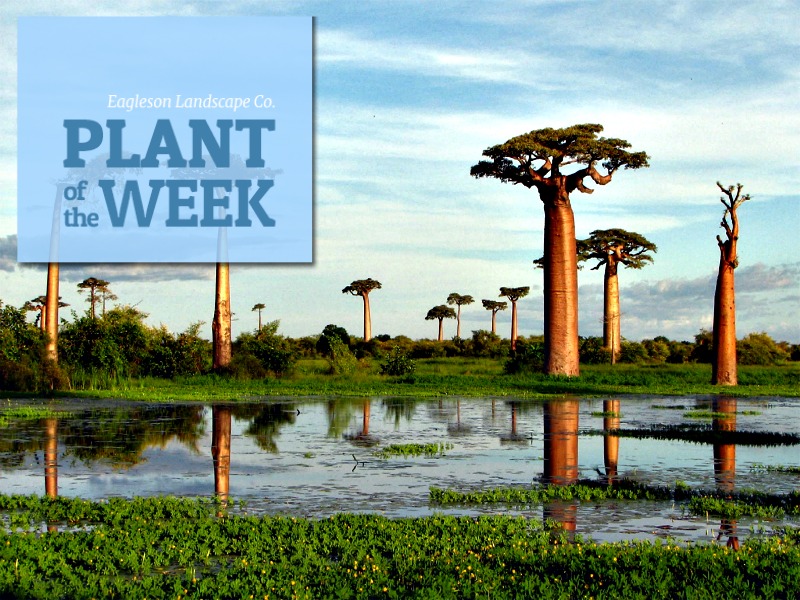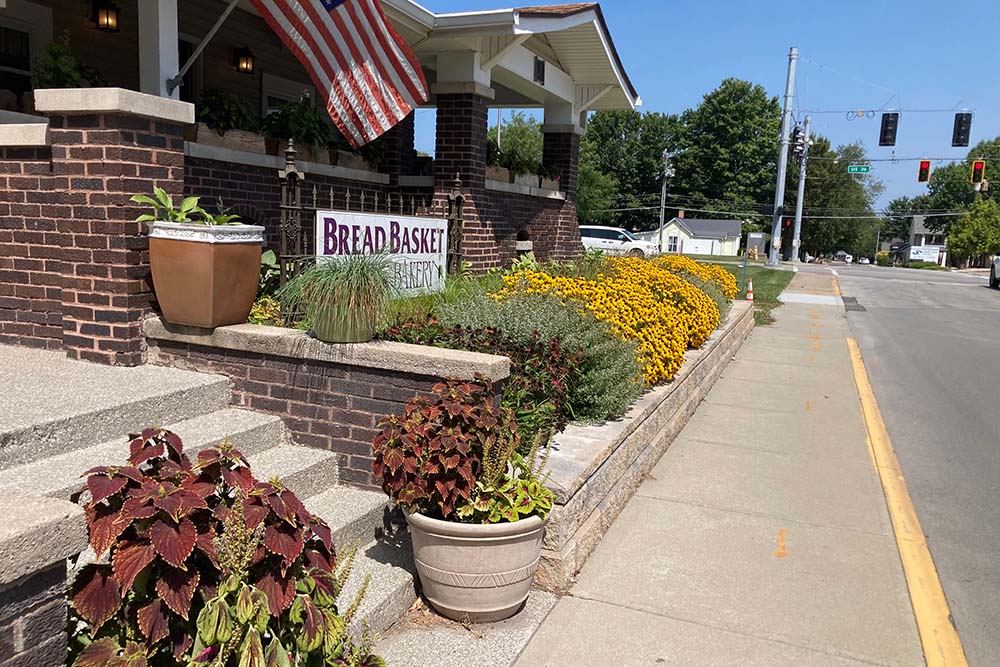What a glorious week in Central Indiana! Hopefully you all enjoyed the warmth and humidity! Landscapers, much like reptiles, are cold-blooded animals and thrive in the warmth of the summers heat. The sun stirs us from our winter slumber and excites are muscles to work at the fevered pace required to beautify our surroundings. Hopefully you are getting excited to go out and be active in your gardens as well! Let’s celebrate the wonderful heat and get into this weeks plant of the week, which upon researching has fascinated me more than I expected! An incredible tree found in Africa and Australia, the Baobab is a remarkable species.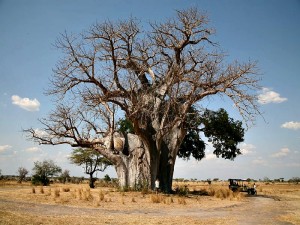
Adansonia digitata is a deciduous tree that can grow from 15 to 65 feet in height and 50 feet across. Yes, their trunk is HUGE and completely necessary to live through long periods of drought. The large swollen trunks hold hundreds of liters of water, but some trees have been converted into bars, shops and shelters some with a capacity of 40+ people. The bark of the tree is unlike any other tree, being smooth and shiny, the Baobab is able to regenerate its bark, which is very unusual for a tree. Damaging the bark and outer 1 cm of cambium of most trees can lead to the death of that tree. (Do not carve your love into living organisms. They like having S+J carved into their flesh as much as you would) Though the tree is very resilient due to its’ ability to regenerate, it will eventually die. The Baobab does not die in the “TIMBER” sort of fashion you are accustomed to however. Instead, they rot from the inside out and one day just collapse in a heap, leaving many natives to believe that the Baobab never dies, but instead simply disappears. Wonderful ecosystems themselves, Baobabs provide countless materials, remedies and foods as well as homes for many animals. Its’ fruits are excellent sources of vitamin C, the bark is made into ropes, paper and cloth, leaves can consumed and its pollen is made into glue. Its’ leaves are also used in the treatment kidney disease, asthma and many other medicinal uses.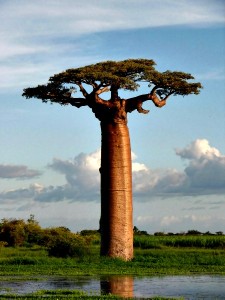
If you want to read more about this highly unique and really incredible species please visit this website! It provides additional information and some very interesting native legends surrounding the tree! Thanks for reading and garden on my friends!

